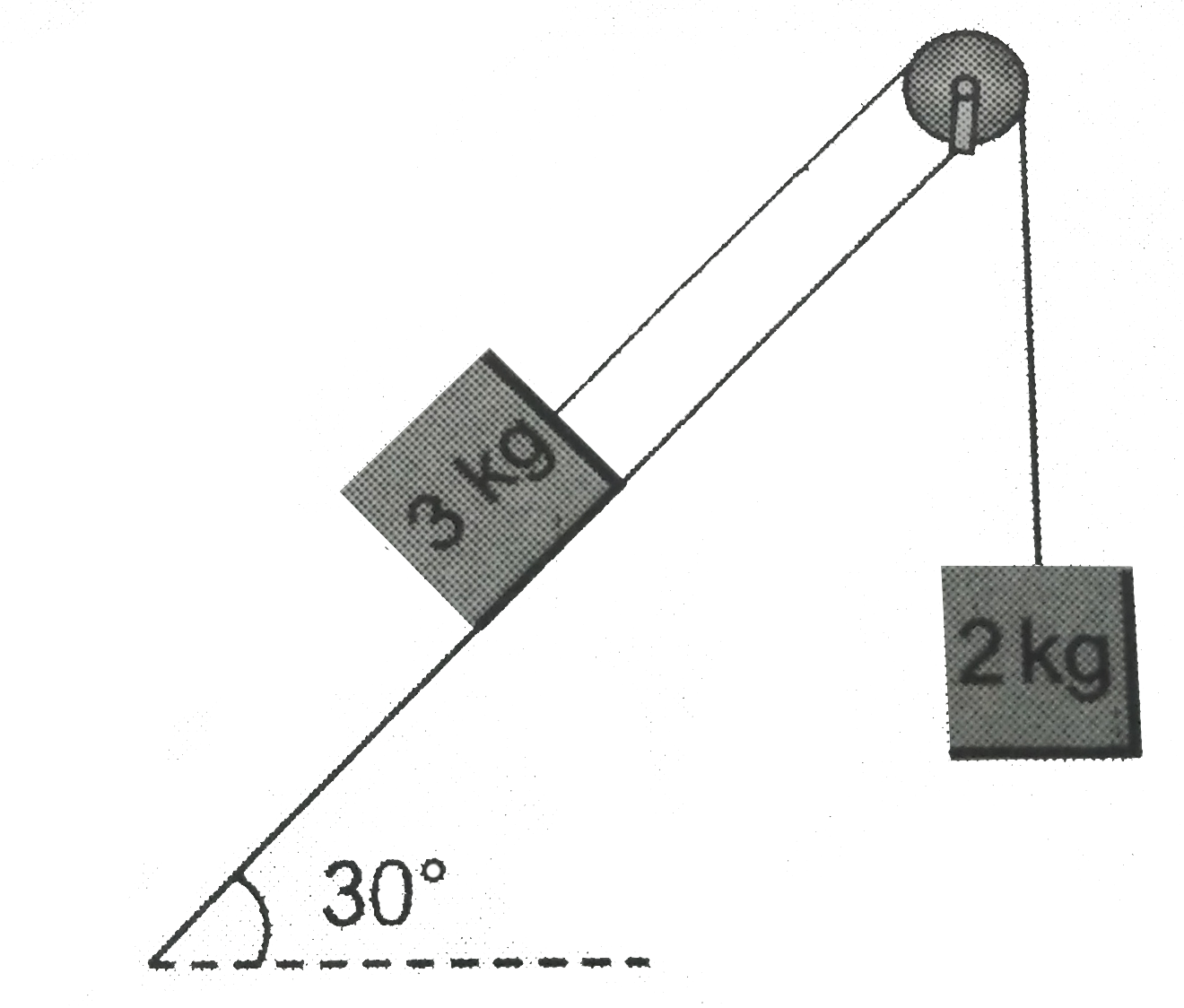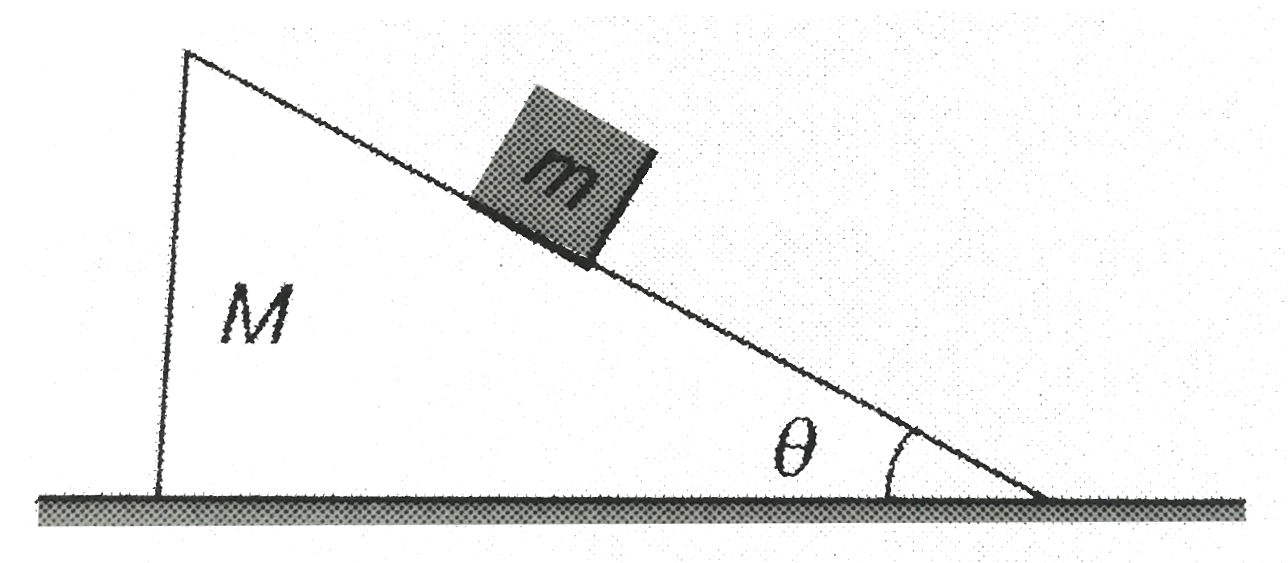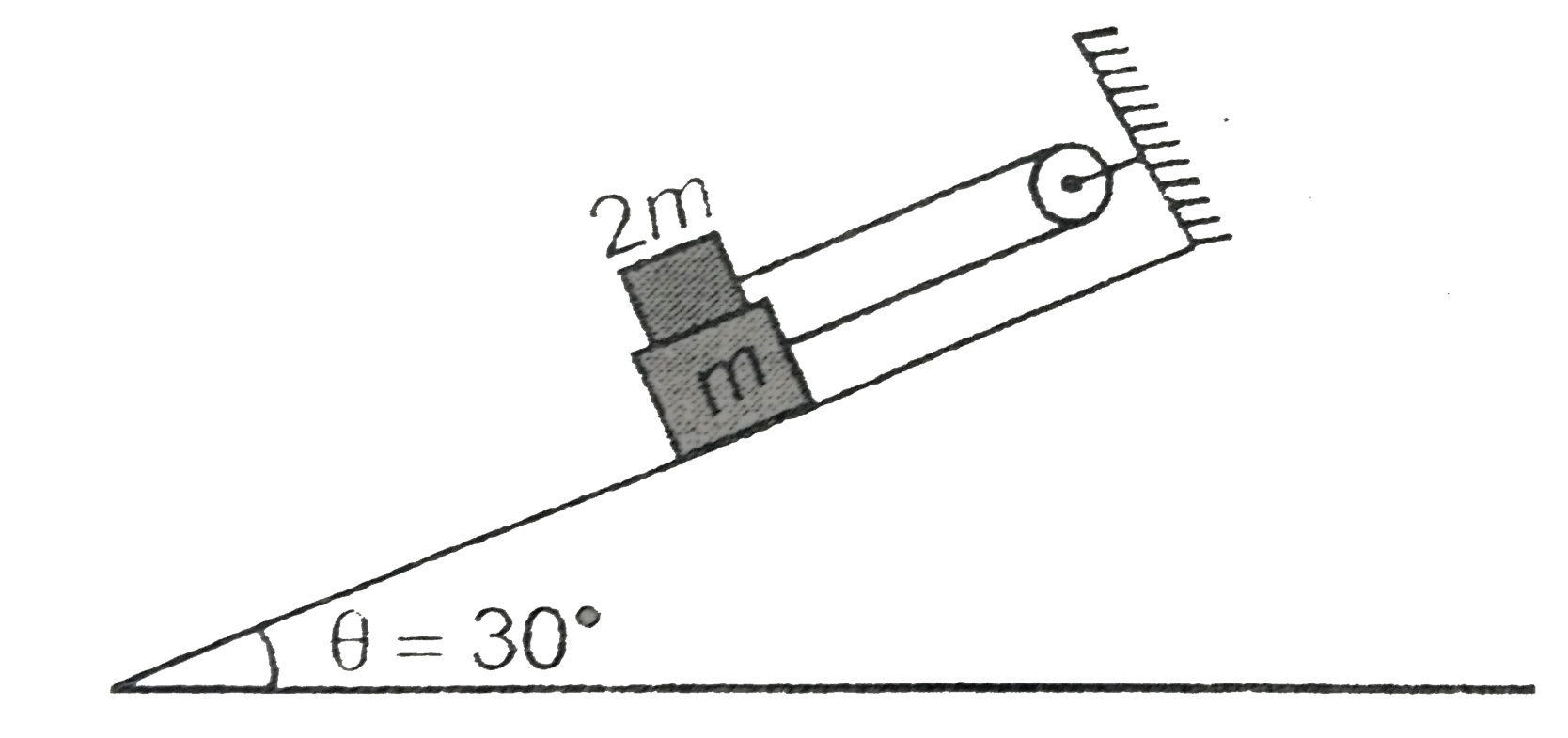Find the acceleration of the block B in the above figure, assuming the surfaces and the pulleys P1andP2 are all smooth.
 Solution in Telugu
Solution in Telugu
F4M
F6M
F2M
3F17M
The correct Answer is:D
Step by step video & image solution for Find the acceleration of the block B in the above figure, assuming the surfaces and the pulleys P_1 and P_2 are all smooth. by Physics experts to help you in doubts & scoring excellent marks in Class 11 exams.
Updated on:21/07/2023Topper's Solved these Questions
- NEWTONS LAWS OF MOTION BOOK - AAKASH SERIESCHAPTER - NEWTONS LAWS OF MOTION EXERCISE - LECTURE SHEET (EXERCISE - VI) (More than one correct answer Type Questions)
2 Videos
- NEWTONS LAWS OF MOTION BOOK - AAKASH SERIESCHAPTER - NEWTONS LAWS OF MOTION EXERCISE - LECTURE SHEET (EXERCISE - VI) (Linked Comprehension Type Questions)
3 Videos
- NEWTONS LAWS OF MOTION BOOK - AAKASH SERIESCHAPTER - NEWTONS LAWS OF MOTION EXERCISE - LECTURE SHEET (EXERCISE - V) (Straight Objective Type Questions)
6 Videos
- MOTION IN A STRAIGHT LINEBOOK - AAKASH SERIESCHAPTER - MOTION IN A STRAIGHT LINEEXERCISE - Questions for Descriptive Answers
7 Videos
- OSCILLATIONBOOK - AAKASH SERIESCHAPTER - OSCILLATIONEXERCISE - QUESTIONS FOR DESCRIPTIVE ANSWERS
12 Videos
Similar Questions
Two blocks A and B of equal mass m are connected through a massless string and arranged as shown in figure. Friction is absent everywhere. When the system is released from rest:

View SolutionIn the adjacent figure, pulley 'A' is fixed and 'B' is movable. The strings are massless, masses of pulleys can be neglected and friction between the strings and pulley also can be neglected,

The acceleration of the masses 4 m and 'm' are _____and _____respectively.
View SolutionA disc of mass 5 kg is kept floating horizontally in mid air by firing 10 bullets per second vertically up. If the mass of each bullet is 50 gm and bullets rebound with same speed, the speed of each bullet is, (g = 10ms−2)
View SolutionThree tortoises are located at the vertices of an equilateral triangle whose side equals a They all start moving simultaneously with velocity v constant in modulus with the first tortoise heading continually for the second , the second for the third and the third for the first . They will meet after time
View SolutionThe spring shown in figure is unstretched when a man starts pulling on the cord. The mass of the block is M. If the man exerts a constant force F, find the amplitude and the time period of the motion of the block.

View SolutionThe acceleration of the block B in fig. Assuming the surfaces and the pulley P_(1) and P_(2) are all smooth, is
View SolutionConsider the situation shown in the figure. The surface is smooth and the string and the pulley are light. Find the acceleration of each block and tension in the string.

View SolutionAssuming all the surfaces to be smooth, find the acceleration of the triangular block of mass M when the block of mass m slides on it.

View SolutionFind the acceleration of each block in the situation shown in the figure. All the surface are smooth and the pulleys and sttings are light.

View SolutionFigure shows an arrangement of pulleys and two blocks. All surfaces are frictionless . All pulleys and strings are massless. All string are smooth and massless. The acceleration of block A is :
View SolutionFind the acceleration of the 6 kg block in the figure. All the surfaces and pulleys are smooth. Also the strings are inextensible and light. [Take g = 10 m//s^(2) ] .
View SolutionCalculate the acceleration of the block B of the figure Fig. 5.23, assuming surfaces and pulleys to be smooth.
View SolutionFigure shows a block of mass 2m sliding on a block of mass m. Find the acceleration of each block . ( All surface are smooth )

View SolutionIn the figure shown,assuming the horizontal surface to be smooth and (g=10ms^(-2)) ,if the pulleys and the strings connecting are ideal,then acceleration of the block (3.0Kg)" is
View SolutionIn the figure shown, all surfaces are smooth and the pulley is massless. A constant force of magnitude F = (mg)/(2) is acting on the block of mass M. The acceleration of the block M is :
View SolutionFind the minimum acceleration of the wedge, so that the block is under free fall (assume all surfaces tivate v are smooth).

View Solution
